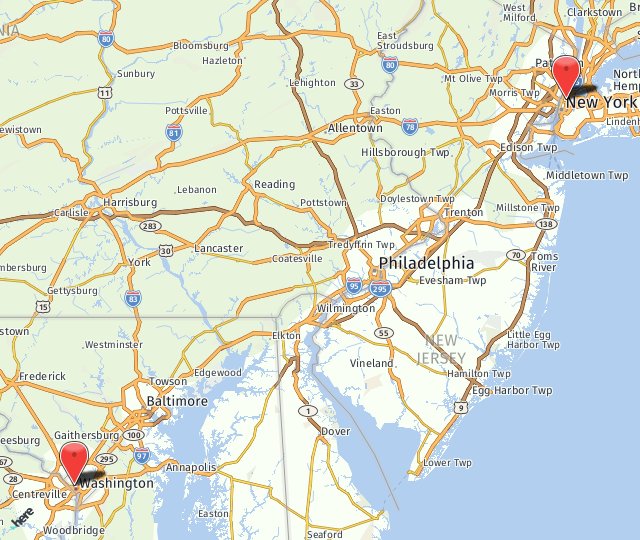Deciding to undergo rhinoplasty surgery is a significant decision that could substantially enhance the nose and facial appearance. However, many are unaware of the different surgical techniques for the procedure, specifically the open or closed rhinoplasty. One option is less invasive and physically demanding, but the other leads to more dramatic results.
Those looking for fewer alterations and a shorter recovery time may benefit from the less invasive technique. When choosing between open vs. closed rhinoplasty, the best option for you depends on the extent of your ideal changes to the nose. Dr. Michael Somenek, a board-certified facial plastic surgeon, can discuss what changes you would like to make and whether a closed or open rhinoplasty procedure is best for you.
What Is Rhinoplasty Surgery?
Rhinoplasty surgery changes the nose’s appearance by altering its bone, cartilage, and skin. The procedure is a popular choice amongst plastic surgery patients because the nose plays a critical role in facial appearance and proportions. Possible changes include straightening the bridge, reducing the tip, narrowing nostrils, and more.
Most individuals undergo the procedure to reduce nose size, correct asymmetry, and balance facial proportions, enhancing the facial appearance significantly.
For some individuals, rhinoplasty surgery has medical advantages in addition to cosmetic enhancements. For example, the procedure could fix a deviated septum that interferes with breathing due to a narrower nasal passage. However, most patients who need medical intervention typically combine cosmetic changes into one procedure.
What Is Open Rhinoplasty?
An open rhinoplasty procedure is a traditional approach that many patients think of when considering the surgery. With this option, incisions are on the nose’s exterior, allowing Dr. Somenek to fold back the skin to reveal bone and cartilage. From here, the reductions, additions, and alterations of bone and cartilage create a new nose shape and size.
The benefits of this approach include a better view of the cartilage and nasal structure during the procedure, which may result in more satisfying results. However, there is a higher risk of scarring and swelling due to incisions outside the nose. Additionally, the recovery after a closed rhinoplasty is longer, and side effects may be slightly more prominent.
What Is Closed Rhinoplasty?
A closed rhinoplasty is less invasive than a closed rhinoplasty, as it relies on incisions within the nose to access bone and cartilage. As a result, the approach produces less severe swelling and requires a shorter recovery period. Additionally, patients do not develop any visible scars on the outside of the nose.
However, this option gives Dr. Somenek a limited view of bone and cartilage because of the incision placement, which could reduce precision and the ultimate attractiveness of the nose. Further, the nose’s skin and cartilage may become distorted during alterations, resulting in difficulty repositioning the skin afterward. Therefore, closed rhinoplasty is best for patients who are looking for minor changes to their nose size, shape, and structure.
Common FAQs About Open and Closed Rhinoplasty
What Is the Disadvantage of Closed Rhinoplasty?
While closed rhinoplasty offers several advantages, such as no external scarring and potentially faster initial recovery, it has some disadvantages:
- Limited visibility
- Less control
- Difficulties in revision surgery
- Risk of asymmetry
- Potential for longer operating times
Overall, while closed rhinoplasty may be suitable for certain individuals and specific aesthetic goals, it’s important to weigh these potential disadvantages against the advantages and consult with a qualified plastic surgeon to determine the most appropriate approach for your unique needs.
Is Closed Rhinoplasty Better Than Open?
There is no definitive answer to this question as it depends on the individual’s anatomy, goals, and the surgeon’s expertise. Both techniques have their advantages and disadvantages, and the choice typically depends on the complexity of the procedure.
Does Closed Rhinoplasty Heal Faster?
Closed rhinoplasty often leads to faster initial recovery compared to open rhinoplasty. Since closed rhinoplasty involves incisions made inside the nostrils without any external scarring, there is typically less swelling and bruising, and patients may experience less discomfort in the immediate postoperative period. It’s important to note that the speed of recovery can vary among individuals, and factors such as the extent of surgery, individual healing ability, and adherence to post-operative care instructions also play significant roles in determining recovery time.
How Long Does It Take to Recover From Open and Closed Rhinoplasty?
Recovery times vary depending on the individual and the extent of the surgery. Generally, patients can expect swelling and bruising to subside within a few weeks, but full recovery may take several months.
Can Any Surgeon Perform Open or Closed Rhinoplasty?
While many plastic surgeons are trained in both techniques, it’s essential to choose a surgeon with extensive experience and expertise in rhinoplasty to ensure optimal results and minimize the risk of complications.
How Do I Know Which Technique Is Right for Me?
Schedule a consultation with a board-certified plastic surgeon who specializes in rhinoplasty. They will evaluate your anatomy, discuss your goals, and recommend the most suitable technique based on your individual needs and preferences.
Does Open Rhinoplasty Leave a Visible Scar?
Yes, open rhinoplasty leaves a small scar on the columella, although it tends to fade over time and is usually inconspicuous. Plastic surgeons are trained to make incisions with minimal scarring, which is why it’s important to pick a surgeon who’s done plenty of rhinoplasty surgeries before.
Learn More About Open vs. Closed Rhinoplasty Procedures
There are two surgical approaches to altering the nose’s appearance, but there are significant differences in the methods, recovery times, side effects, and results. For those wanting more substantial changes to their nose, closed rhinoplasty may be the best option, as it allows for more dramatic changes to bone and cartilage. However, open rhinoplasty is excellent for minor changes to the nose, as it restricts the procedure’s abilities and precision.
It is essential to note that an open rhinoplasty will produce more side effects during an extended recovery period. Despite this, many patients opt for the procedure to achieve more significant changes to their noses. Reach out and learn more about open vs. closed rhinoplasty to determine which method is best for your needs.


